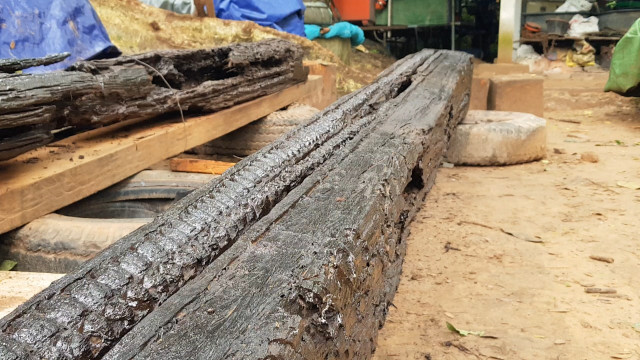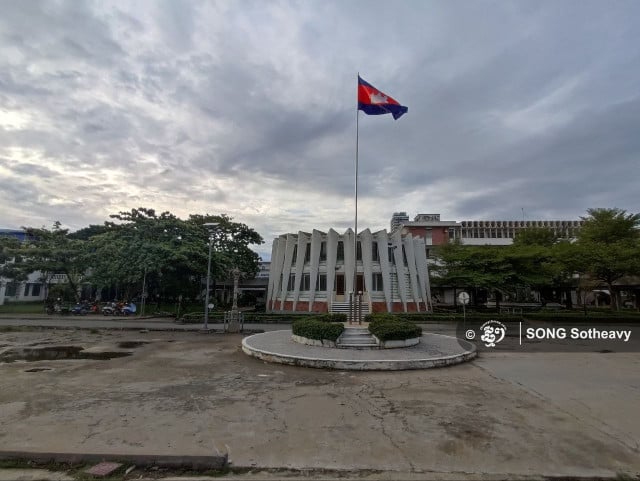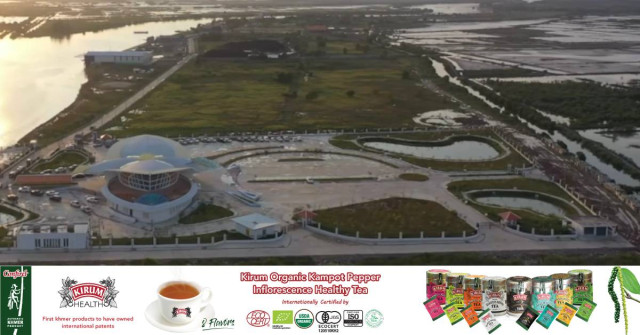Why the Khmer of Angkor Used Species of “Wet Wood” for the Temples

- By Isa Rohany
- March 20, 2022 6:54 PM
Factors may have included protection against lightning, an expert of today points out
SIEM REAP—During the Angkorian era of centuries ago, the Khmer would incorporate wood into the huge stone temples and structures they were building. They also often used wood as lintels for support and as part of ceiling decorations.
According to experts, builders of the time tended to use wet wood, that is, wood with high moisture content, especially when it came to lintels. The question is: Why would the Khmer engineers incorporate wood in stone buildings?
Kheam Mony, an engineer with the APSARA National Authority—the Cambodian government agency managing the Angkor Archeological Park—said that Khmer builders used for temple lintels specific types of wet wood such as the Dasymaschalon Lomentaceum and the tembusu tree, or choeung chab and ta-trav in Khmer. They also used Dasymaschalon Lomentaceum for the Takav Gate, which is the western gate of the Angkor Thom city, he said.
As Mony explained, the reasons why the builders at Angkor used wet wood are linked to both religious beliefs and scientific factors.
One of the reasons is that wet wood was believed to serve as protection against lightning strikes, he said. Builders at the time had noticed that there were noticeably rare lightning strikes at temples where wet wood was used. “There are ancient documents on the use of these wet woods,” Mony said. “They are always wet, and it is thought to be some sort of lightning deterrence.”

Due to the extreme aging condition of the Takav Gate’s lintels, which are more than 800 years old, today’s engineers have been forced to remove and replace the ancient Dasymaschalon Lomentaceum wood with new wood during restoration, Mony said. Still, the Dasymaschalon Lomentaceum wood of so long ago was collected and is now carefully conserved to show the public the remarkable history and technical knowledge of the builders at that time, he said.
Before it was taken to the museum, the wood was coated with black resin and tar to preserve the timber as well as to prevent insects from attacking the wood in the future, Mony added.
Translated by Song Daphea















